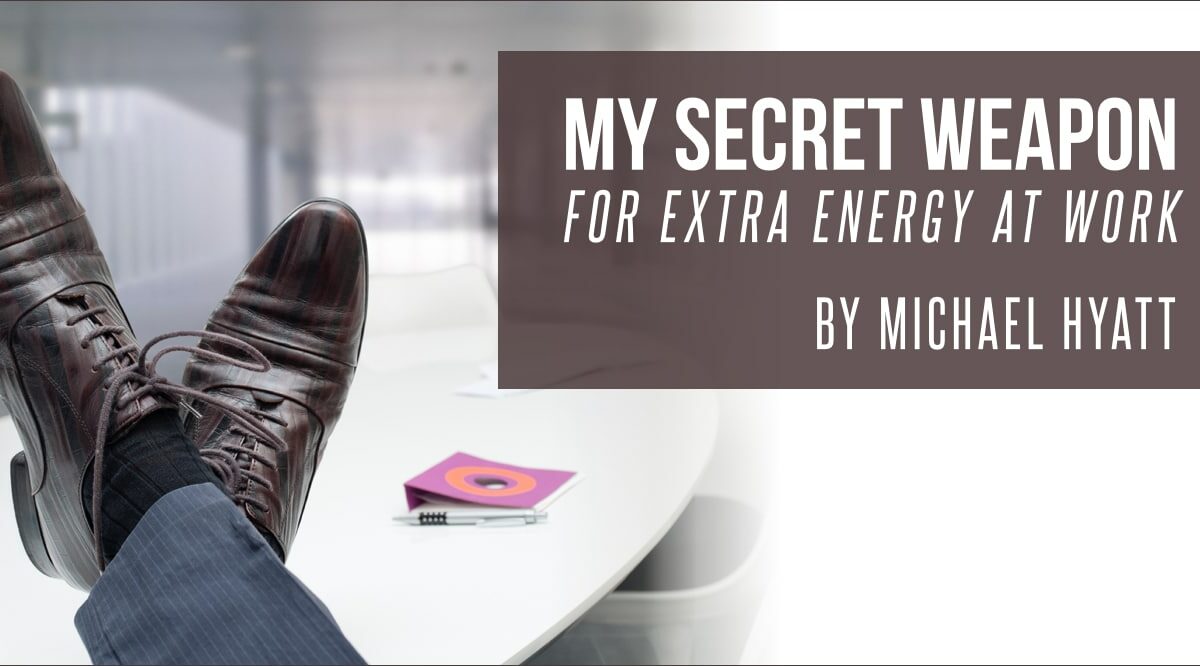The evidence is undeniable—we need good sleep to perform at our best. And one way we can get more rest is to make room in the middle of the day for a killer nap.
I once worked for a man who napped nearly every day. He would sit upright in his chair, hold his keys in his hand, and doze. Eventually, the keys would clatter to the ground and wake him. He would snap to, refreshed and ready for the rest of the day.
More and more I follow his example, and I wouldn’t trade those 10 to 20 minutes for anything. I’m more alert, energetic, and creative because of the time I take to disconnect and recharge.
Everyone I know who regularly naps says the same thing: Naps are a secret productivity weapon. But most of us don’t have a lot of time to set aside. So how do we make the most of it? Here are four proven tactics for taking a killer nap.
- Schedule it. A nap might seem like a luxury, especially if you’re just getting started. But a nap is like anything, if it’s not scheduled, chances are good something we think is urgent will take its place.
As for what time of the day schedule it, I naturally feel a bit of an energy slump about seven or eight hours after I get up. I think most of us do. That seems to be the best time for a snooze. It’s like our bodies just might know what they’re doing.
Treating a nap like an important meeting is the best way to ensure we actually get the rest we need.
- Keep it short. The good news is that a killer nap doesn’t have to be a long one. There’s a lot of research on how the length of sleep affects us. A full sleep cycle runs about a hour and a half. There are benefits from sleeping that long, but our minds and bodies don’t require nearly that much to feel refreshed.
Research shows just 10 minutes can boost our mental processing power. Try not to drift off for too long. Set an alarm if you need one—or just hold some keys in your hand.
- Set the conditions. Just like sleeping at night, we need the right conditions to nap. Low light and a comfortable chair or couch are good places to start. Let people know (if you can) that you want to be undisturbed for a certain period, and turn off notifications on your devices.
It can be different for everyone. I once had an employee who would just rest her head at her desk in the colder months or snooze in her car when it was warmer. She woke recharged and alert.
- Try caffeine. This might sound strange, but the research says that sleep and caffeine can work together if done right.
It takes about 20 minutes for caffeine to affect our brains. Because of the way sleep affects our neurochemistry, a cup of coffee just before a brief nap actually increases the impact of the caffeine when we wake. In fact, it seems that a coffee nap is better for boosting memory than a nap alone.
If our bodies naturally want to shift into neutral in the early afternoon, why push them to keep going, especially when a little sleep will help us accelerate when we wake up?
Some might say they could never nap at work because their boss would flip. You might be surprised. Google actually encourages employee naps. But even if your company won’t go as far as Google, they don’t own all your time, do they?
When I was first starting out, I took a nap at the end of my lunch hour. My guess is that your boss cares more about results than how you spend the second half of your break.
Unless we are in extremely difficult circumstances, we can all find a way to get the rest we need. And with the right approach, we can maximize even just a few spare minutes.
Disclosure of Material Connection: Some of the links in the post above are “affiliate links.” This means if you click on the link and purchase the item, we will receive an affiliate commission. Regardless, we only recommend products or services we use and believe will add value to our readers. We are disclosing this in accordance with the Federal Trade Commission’s 16 CFR, Part 255: “Guides Concerning the Use of Endorsements and Testimonials in Advertising.









